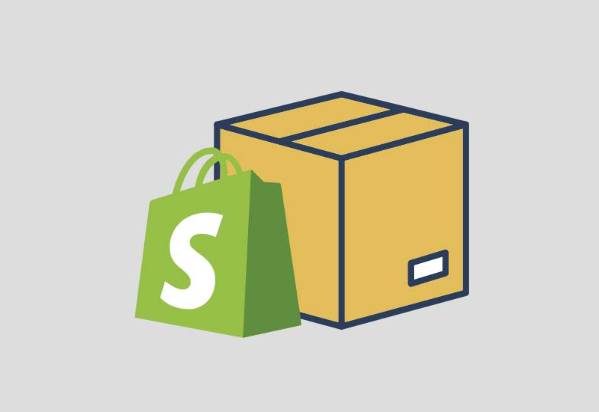Dropshipping is a popular business model that allows entrepreneurs to sell products online without holding any inventory. Instead, when a customer places an order, the seller forwards the order details to a supplier who then ships the product directly to the customer. This model minimizes financial risk and eliminates the need for warehousing, making it an attractive option for new and seasoned business owners alike.
Why Choose Shopify for Dropshipping?
Shopify is one of the leading e-commerce platforms specifically designed to support dropshipping businesses. Here are some reasons why it stands out:
User-Friendly Interface: Shopify provides an intuitive interface that simplifies the store setup process, making it accessible even for those with limited technical skills.
Integration with Dropshipping Apps: The platform supports numerous dropshipping applications that automate product sourcing and order fulfillment, such as Oberlo, Spocket, and DSers.
Scalability: Shopify enables businesses to scale easily by adding more products or suppliers without significant overhead costs.
Comprehensive Support: The platform offers extensive resources and customer support to help entrepreneurs succeed in their dropshipping ventures.
Getting Started with Shopify Dropshipping
Step 1: Choose Your Niche
Selecting a niche is crucial for your dropshipping success. A niche refers to a specific segment of the market that shares common interests. Consider these factors when choosing your niche:
Passion and Knowledge: Choose a niche you are passionate about or knowledgeable in.
Market Demand: Use tools like Google Trends and social media insights to gauge consumer interest in potential niches.
Competition Analysis: Assess the competition within your chosen niche to identify opportunities for differentiation.
Step 2: Find Reliable Suppliers
A reliable supplier is essential for maintaining product quality and customer satisfaction. Here's how to find one:
Supplier Directories: Use platforms like AliExpress, SaleHoo, or Oberlo to find suppliers who offer dropshipping services.
Evaluate Supplier Performance: Look for suppliers with positive reviews, reliable shipping times, and quality products.
Order Samples: Before committing, order samples from potential suppliers to assess product quality firsthand.

Step 3: Set Up Your Shopify Store
Creating your Shopify store involves several key steps:
Sign Up for Shopify: Start with a free trial to explore the platform.
Choose a Theme: Select a professional-looking theme that aligns with your brand identity.
Customize Your Store: Add essential pages (e.g., About Us, Contact), set up payment gateways, and configure shipping settings.
Step 4: Add Products
Once your store is set up, you can start adding products:
Use Dropshipping Apps: Integrate apps like Oberlo or Spocket to import products directly into your store.
Set Competitive Prices: Determine pricing strategies that cover costs while remaining attractive to customers.
Create Compelling Product Descriptions: Write engaging descriptions that highlight product benefits and features.
Marketing Your Dropshipping Store
Effective marketing is vital for driving traffic and converting visitors into customers. Consider these strategies:
Social Media Marketing: Utilize platforms like Instagram and Facebook to showcase products and engage with potential customers.
Email Marketing: Build an email list to send newsletters, promotions, and product updates.
Search Engine Optimization (SEO): Optimize your store's content for search engines to improve visibility.

Managing Customer Service
Excellent customer service can set your dropshipping business apart from competitors:
Prompt Communication: Respond quickly to customer inquiries and issues.
Clear Return Policies: Establish transparent return policies that build trust with customers.
Feedback Mechanism: Encourage reviews and feedback to improve service quality continually.
Challenges in Shopify Dropshipping
While dropshipping offers many advantages, it also presents unique challenges:
Quality Control: As you don't handle products directly, ensuring consistent quality can be difficult.
Shipping Times: Longer shipping times from overseas suppliers can lead to customer dissatisfaction.
High Competition: The low barrier to entry means many competitors may sell similar products.
Conclusion
Shopify dropshipping offers an accessible pathway into e-commerce with minimal upfront investment. By carefully selecting a niche, finding reliable suppliers, setting up a professional store, and implementing effective marketing strategies, entrepreneurs can successfully navigate this business model. Despite challenges such as quality control and competition, those who focus on building a strong brand identity and providing excellent customer service can thrive in the evolving e-commerce landscape.


